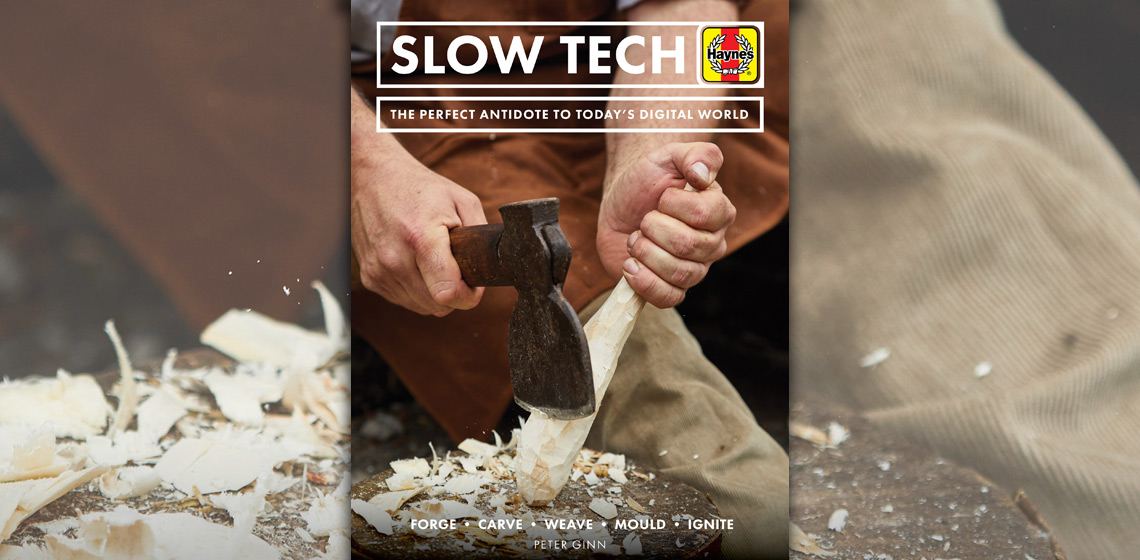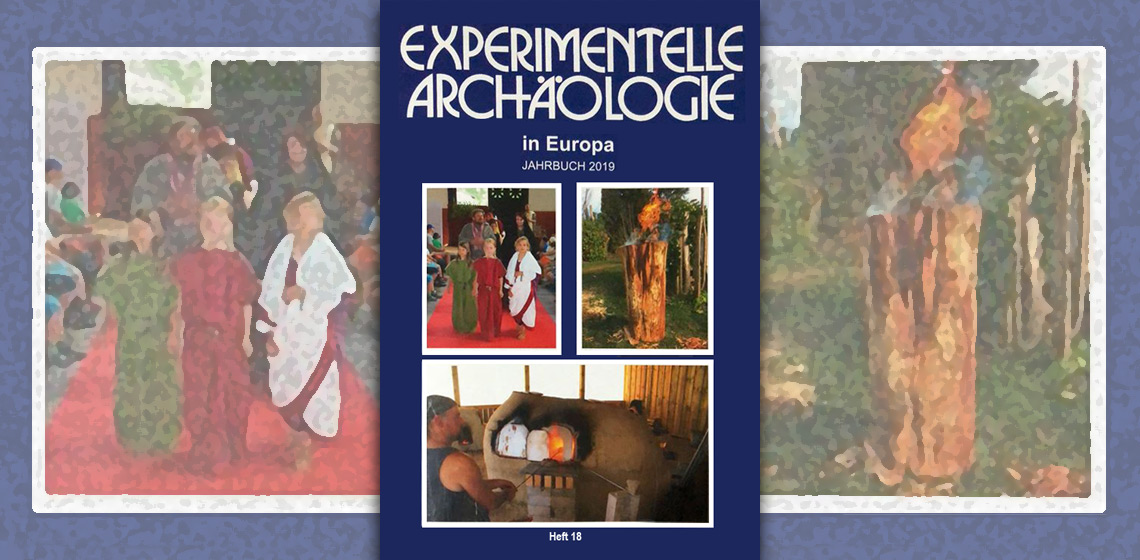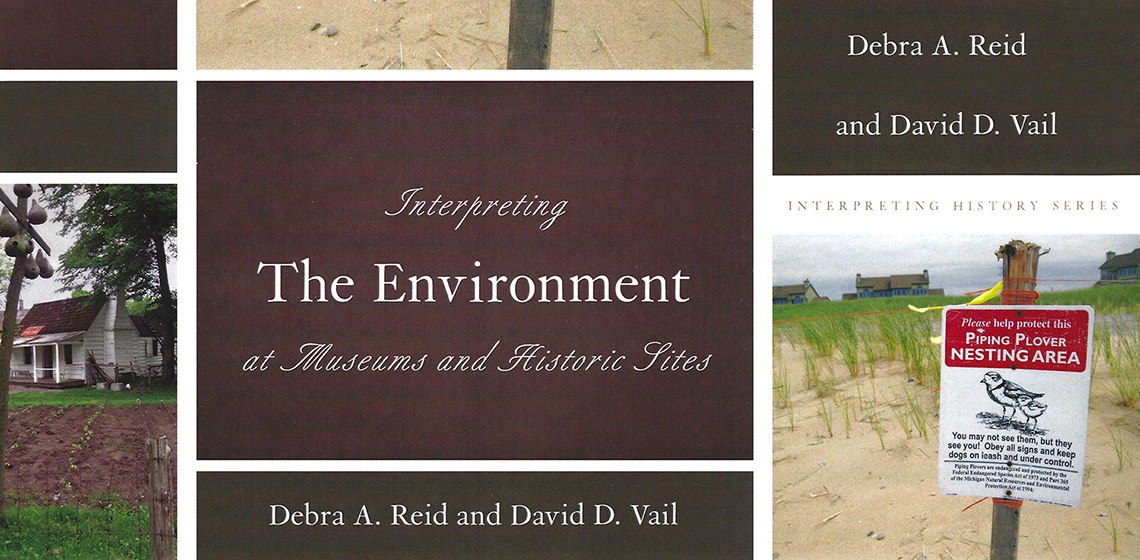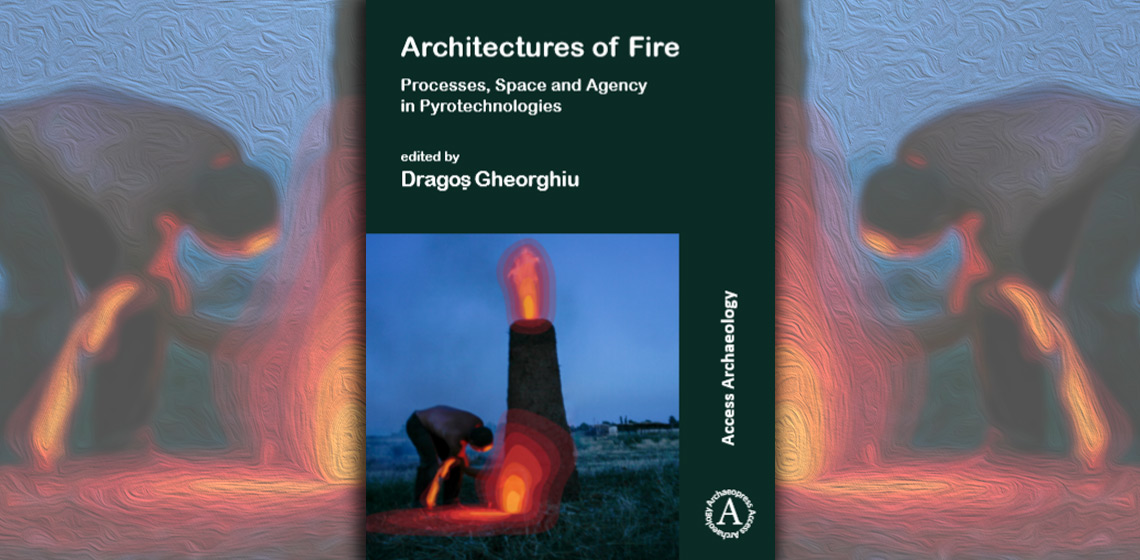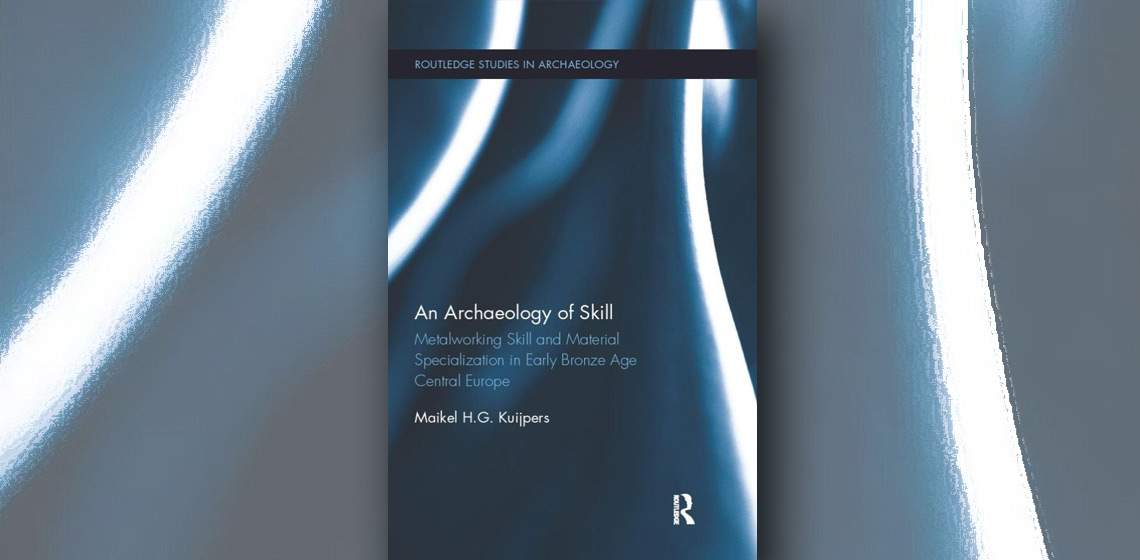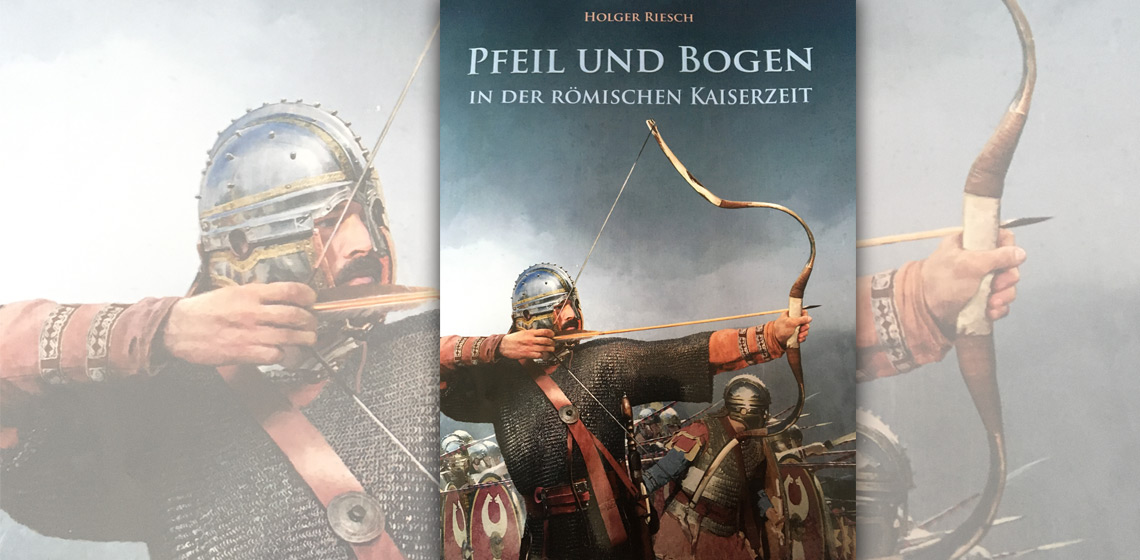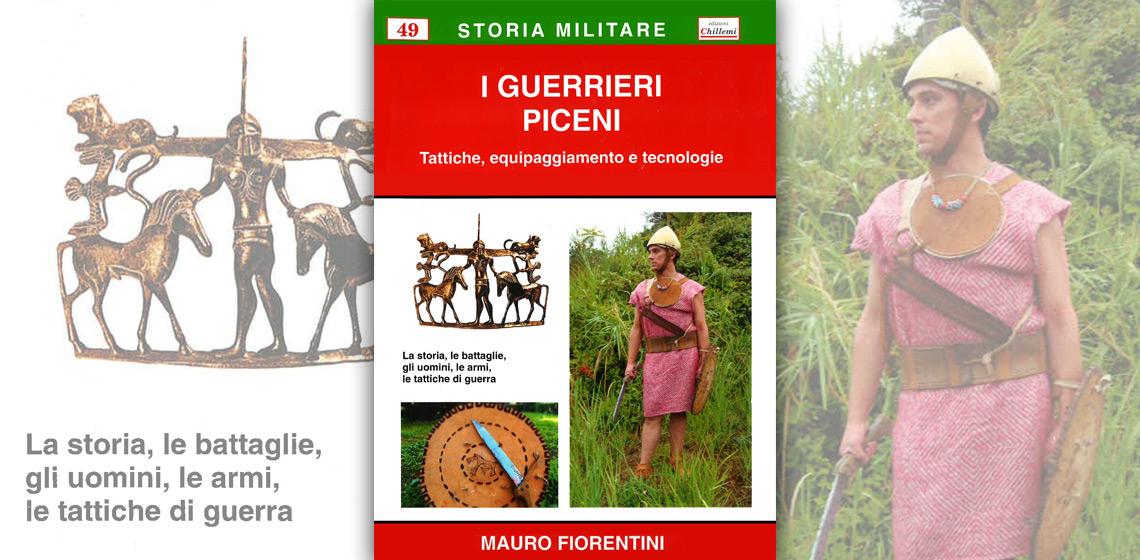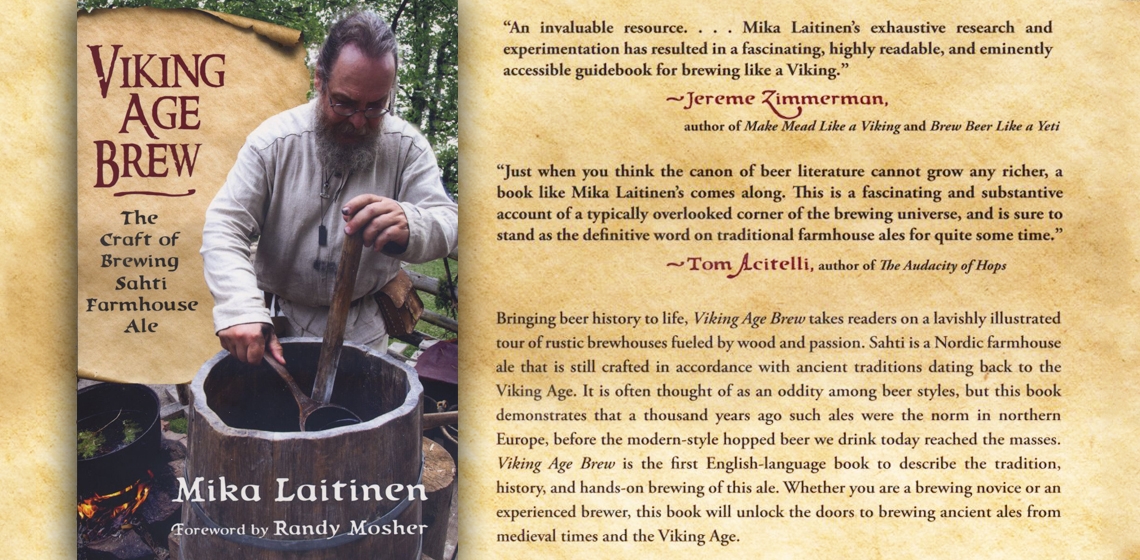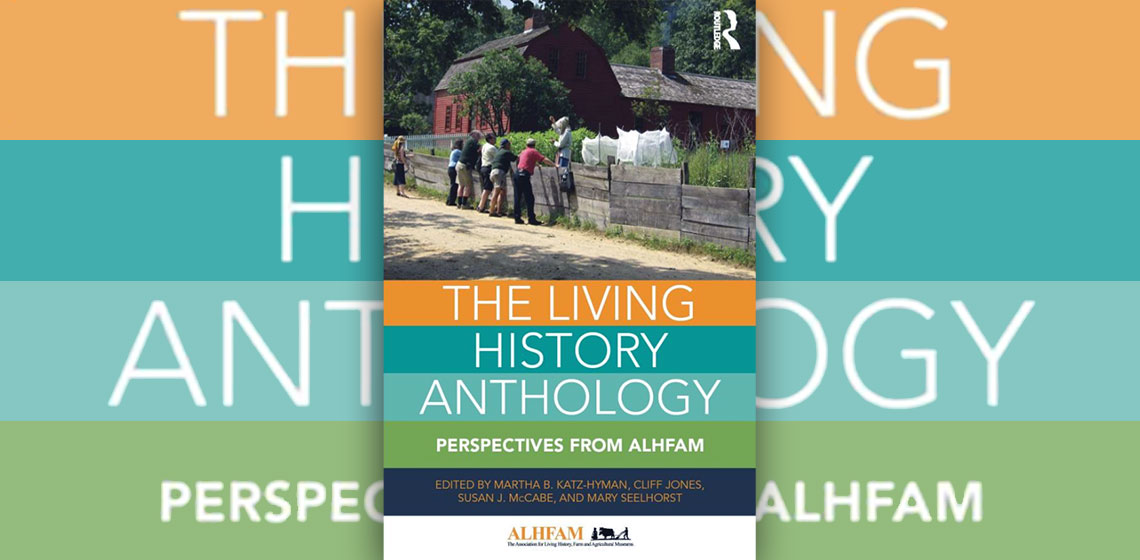book
Book Review: Experimentelle Archäologie in Europa, Jahrbuch 2019
***It is the 18th issue of the periodical and includes 27 essays on experimental archaeology as well as an annual report (Jahresbericht, p. 321), an obituary for Sylvia Crumbach (p.325) and instructions for authors (Autorenrichtlinien, p. 326) of Experimentelle Archäologie in Europa on 328 pages...
Book Review: Interpreting the Environment at Museums and Historic Sites by Reid and Vali
Interpreting the Environment at Museums and Historic Sites is a textbook and a call to action. In the midst of the Anthropocene, Debra A. Reid and David D. Vail argue, museums and conservation areas should attend to their environmental assets, tell environmental stories, and take an activist role in encouraging better stewardship.
